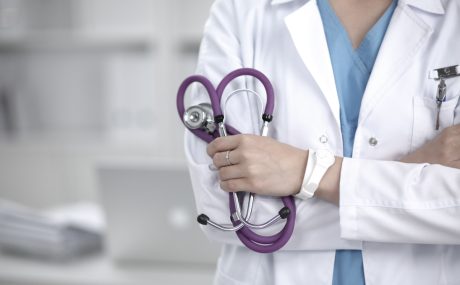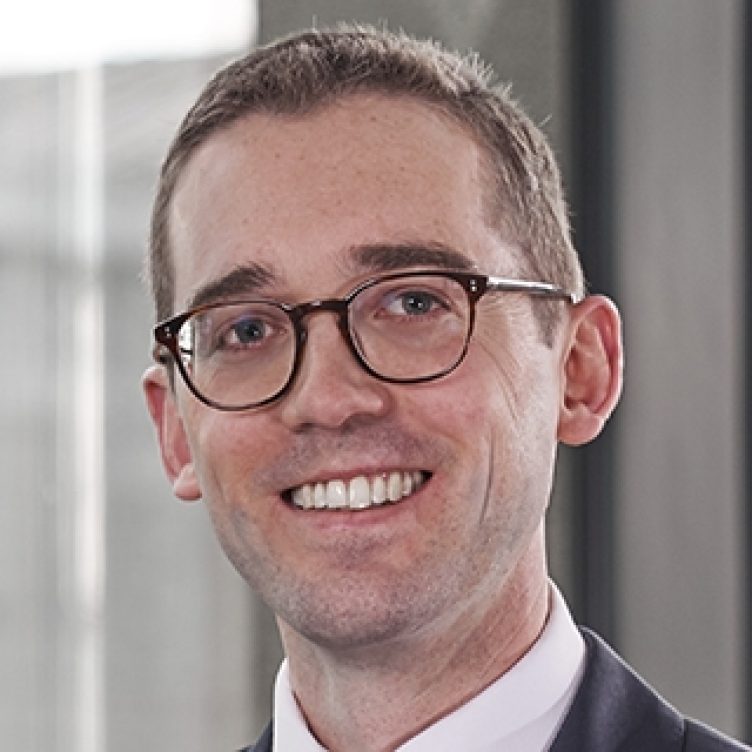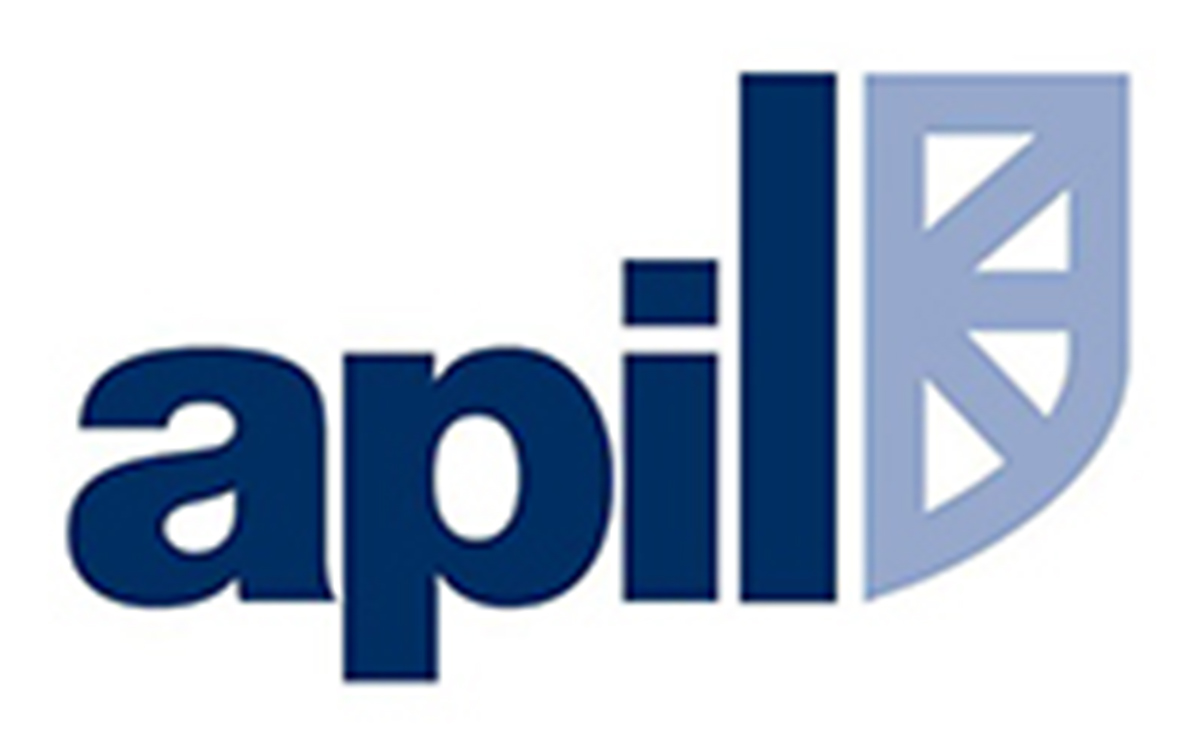“What a delightful thing is the conversation of the specialists. One understands absolutely nothing and it’s charming!” –Edgar Degas.
While Degas may have been entertained by experts, it would be fair to say that most lawyers don’t share that view. The risk of receiving an unhelpful and poorly worded joint statement following the discussions between experts is understood only too well.
Why fear the expert discussion?
From the perspective of an instructing solicitor, the expert discussion is the only stage in the litigation process that is entirely beyond our control. While it is true that a contested trial is inherently unpredictable, at least the legal team has an involvement throughout. Not so the expert discussions. An unhelpful joint statement has the potential to ‘hole below the waterline’ a case that had otherwise appeared to be promising.
Although experts are independent and owe their duty to the court not their instructing solicitors, their evidence is carefully tested before being presented to the other side.
This gives the instructing solicitors the opportunity to discuss and challenge an expert’s preliminary findings in conferences. Experts of varying disciplines may collaboratively refine their views and these conferences may be recorded and transcribed. At the very least, a detailed note will be prepared and circulated to each expert as an aide memoir before they prepare their final report. Every effort is made to ensure that their evidence is robust.
In contrast, the discussions between experts are uncontrolled. Other than the preparation of an agenda, instructing solicitors have no further involvement. They don’t know exactly what is discussed, how it is discussed, whether notes are made or whether an expert exerted pressure on their opposite number. Additionally, the solicitor cannot know whether the joint statement prepared reflects what was discussed and agreed. The expert is ‘flying solo’ and must be prepared not only for a discussion in their sphere of expertise, but also for a wily opponent trying to secure valuable concessions. Technical knowledge is a given, awareness of the nuances that could have an impact on the claim can be a greater challenge.
The experts’ agenda
Prior to the discussions, the expert will need to work closely with their instructing solicitor on the agenda. This eliminates any questions that are awkwardly worded or which may be impossible to answer. Similarly, that collaboration can be used to raise questions that the opponent will find difficult to answer. This stage should not be rushed. It is a last opportunity to ensure that everyone understands the legal issues and potential pitfalls. The experts and lawyers need to reflect on how to deal with the matters arising from each expert report. It is a two-way process.
The agenda can be fraught with difficulty. Once a first draft is prepared by the claimant’s solicitor, they will need to agree it with their opposite number. Inevitably, the parties interests will not align. Many experts will have experienced cases in which no agreement is reached, resulting in two competing agendas. That is not the correct approach. Where there has been significant disagreement, one long agenda dealing with the questions posed by each party (with questions numbered sequentially) is likely to be easier for the experts to manage than two separate agendas. Indeed, as Mrs Justice Yip pointedly remarked in Saunders v Central Manchester University Hospitals NHS Trust: “Sometimes less is more as far as the agenda is concerned.” Turning to the detail of the joint statement (which was 60 pages long and which responded to two competing agendas), she reserved her main criticisms for the solicitors, rather than the experts:
“Both [agendas] involved repetitive questions for the experts and far from producing a focus on the real issues, the result was a document that served only to confuse rather than assist.”
There is another difficulty with repetitive questioning. Multiple questions raising the same or similar points risk the experts contradicting themselves or opinions set out in their written reports. If an expert has any concern that there are multiple questions that could cause confusion or there is a concern that questions on the agenda are vague, those matters should be raised with the instructing solicitor.
The discussions
Preparation is key. Often discussions take place by telephone at the end of a busy working day. A review of the reports and any conference notes will be essential preparation.
It should be remembered that the purpose of the discussions is to explore opportunities to narrow the issues in dispute. This does not mean that there needs to be agreement. It is worth reviewing the Practice Direction to Part 35 of the Civil Procedure Rules (“CPR PD35”) in full, at paragraph 9.2:
“The purpose of discussions between experts is not for experts to settle cases but to agree and narrow issues and in particular to identify:
- the extent of the agreement between them;
- the points of and short reasons for any disagreement;
- action, if any, which may be taken to resolve any outstanding points of disagreement; and
- any further material issues not raised and the extent to which these issues are agreed.”
Clearly, there will be some cases in which it is appropriate for there to be little or no concession in relation to each question raised.
My approach is to append to the agenda an index of key documents or medical records. It should be checked at the start of the discussions to ensure that each expert has had sight of the same documents and to avoid any risk of key information having been missed. The discussions should not take place unless everyone has had sight of the same evidence.
There are numerous factors that can come into play during the discussions. You may be colleagues or good friends with your opponent (or, indeed, the opposite). Such simple matters can have a bearing upon how the discussions progress. While one hopes that the expert discussions are generally straightforward, experts have, in the past, fallen out. Examples of more challenging encounters, can include:
- Where there has been a disparity in seniority or experience,
- Where there has been a previous history of disagreement/heated debate in expert discussions,
- Where an opposing expert groups issues together hoping to secure concessions on a controversial point, ‘buried’ within other uncontroversial topics, and
- Where two or more experts ‘gang up’ on another.
Some of the above factors are matters that the expert needs to be alert to, rather than circumstances that are avoidable. Where there are multiple defendants, it can be the case that there are multiple experts of the same discipline. This is often seen in clinical negligence matters where there is more than one hospital defendant. In one of my recent cases, arrangements were made for the orthopaedic surgeons to hold their discussions together with the neurosurgeons (a six-part expert discussion).
If there is a risk that groups of experts may align their interests, a single expert can find themselves isolated. If that is a risk, the solicitor may wish to consider:
- whether the discussions would be facilitated in person, rather than by telephone conference to reduce confusion and to allow their views to be expressed more clearly, and
- whether there is such a disparity of experts that the claimant should apply to introduce a second expert.
Agendas are not mandatory but are common. If there is an agenda, that means that there are targeted questions; there can and should be no hedging. In Mayr v CMC Cameron McKenna & Ors the claimant’s expert answered a number of questions in the following terms:
“[Prof Kilgallon] has not finalised his thinking on this point. He is due to serve a supplemental report by 21 September 2018, by when he anticipates he will have formed a view as to whether he agrees or disagrees with Mr. Peny on this point.”
That was held by the judge to be an abuse of process. The approach adopted by the expert sought to introduce an additional expert report and prevented there being any meaningful expert discussion at that stage. Inevitably, this resulted in an application to exclude the expert evidence. Part of the (very substantial) claim was ultimately struck out.
The joint statement
One of the experts will need to be appointed as the scribe at the start of the discussions. Once the discussions have taken place, CPR PD35 provides that the report should be agreed and circulated within seven days and provided to the solicitors within 14 days. Another consideration is whether the trial date or possibly a scheduled settlement meeting is in the diary. There can be pressure for a report to be finalised and available nearly immediately after the discussions.
The experts’ joint statement is usually circulated by email. Best practice would be for the expert acting as scribe to ensure that they have email addresses for both the claimant’s and defendant’s solicitors and that they are emailed in the same message to ensure that the statement is circulated simultaneously. That avoids any uncertainty as to who is responsible for forwarding any messages.
There should be no input from the legal team prior to the finalised report being circulated. While there is no rule that prevents disclosure of a draft of the unsigned statement, there is little advantage to be had. The solicitor cannot safely propose amendments to a draft joint statement, since that would be to interfere with the process. Paragraph 9.5 of CPR PD35 is clear:
“The role of the legal representatives in expert discussions is limited to agreeing an agenda where necessary and, whilst they may attend the discussions if ordered or agreed, they must not intervene and may only answer questions or advise on the law.”
In BDW Trading Ltd v Integral Geotechnique (Wales) Ltd the defendant’s expert provided a draft of the statement to his solicitors and invited amendments, which were then made by expert at the suggestion of his instructing solicitor. Inevitably, the claimant objected, and also asserted at trial that the defendant’s expert lacked objectivity and was, in effect, a “hired gun”. His Honour Justice Stephen Davies made the following remarks:
“What happened here was, I agree, a serious transgression and it is important that all experts and all legal advisers should understand what is and what is not permissible as regards the preparation of joint statements.”
In the event the expert was not discredited, but he clearly faced an argument that was best avoided.
Many of our experts prefer to draft the joint statement themselves to ensure that it accurately reflects their understanding of what was agreed in relation to each question. If the draft of the joint statement has not been prepared by you, it is essential for you to check it carefully. The proposed draft may not always be accurate (whether by accident or design) and once any concession is made, it is very hard to “undo” it.
This is no theoretical risk. One of the multiple failures of the defendant expert in Jones v Kaney was a failure to read or correct a draft statement to ensure that it properly reflected what was discussed and agreed. That claim will no doubt already be familiar to you as experts, as it is the same case which established that an expert witnesses could be sued for negligence in relation to that work.
The evidence before the court in Jones v Kaney was that Dr Kaney felt pressured into agreeing the statement, despite being aware that it did not properly reflect the discussions. Experts must be alert to such pressures and resist them. If necessary, the expert should seek advice from their instructing solicitors as to how to address any such difficulty. As noted above, experts can at any stage seek advice from their instructing solicitors as to procedural requirements or the law. Furthermore, in the unlikely event of a conflict between the expert and their instructing solicitor, rule 35.14 of the Civil Procedure Rules permits an expert to write to the court directly to seek directions.
Finally, it should be noted that paragraph 9.8 of CPR PD35 stipulates that if an expert has a genuine change of mind following the discussions, there is a need to prepare an explanatory note, which should be circulated at the same juncture.
You can find further information regarding our expertise, experience and team on our Clinical Negligence pages.
If you require assistance from our team, please contact us or alternatively request a call back from one of our lawyers by submitting this form.
Subscribe – In order to receive our news straight to your inbox, subscribe here. Our newsletters are sent no more than once a month.






